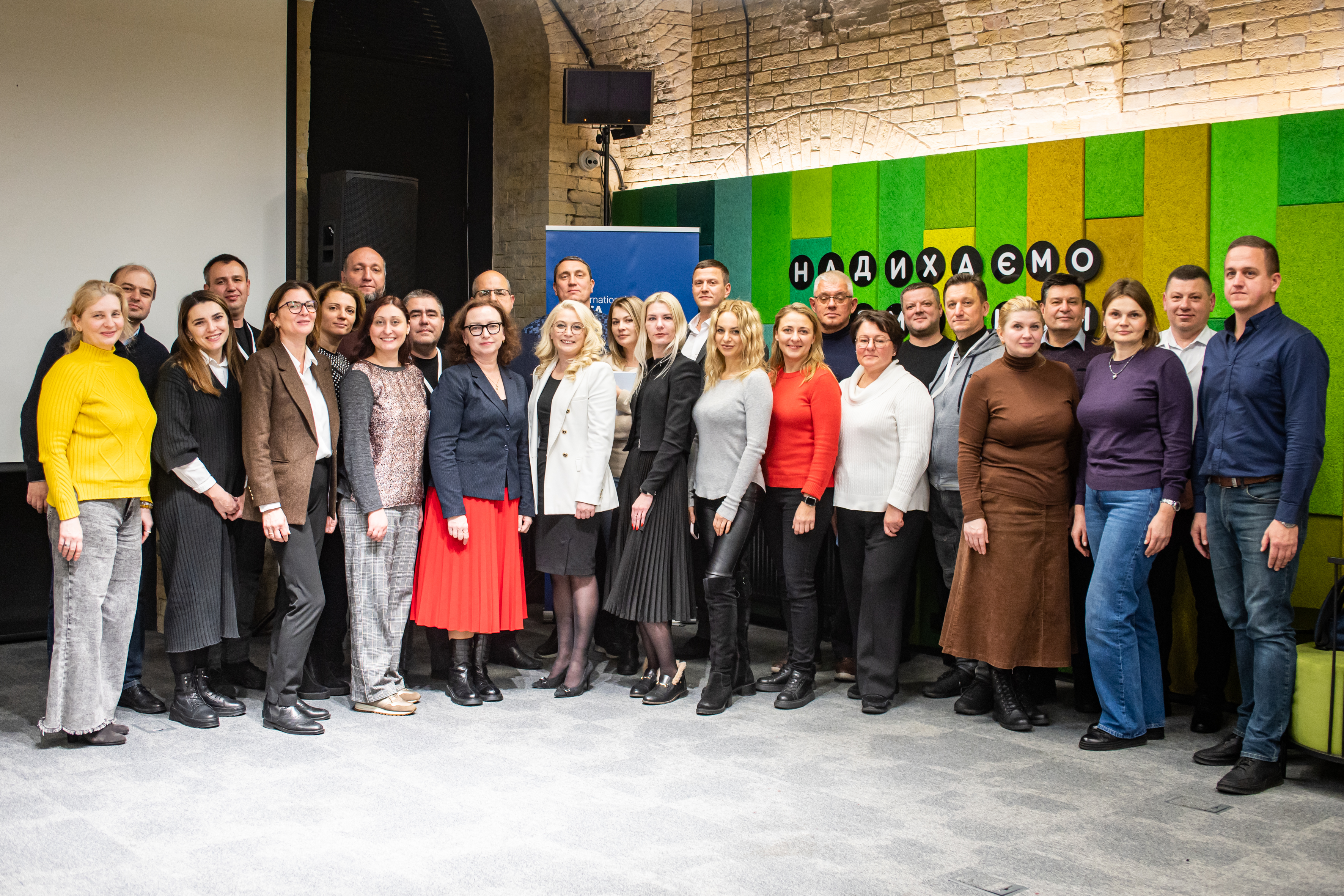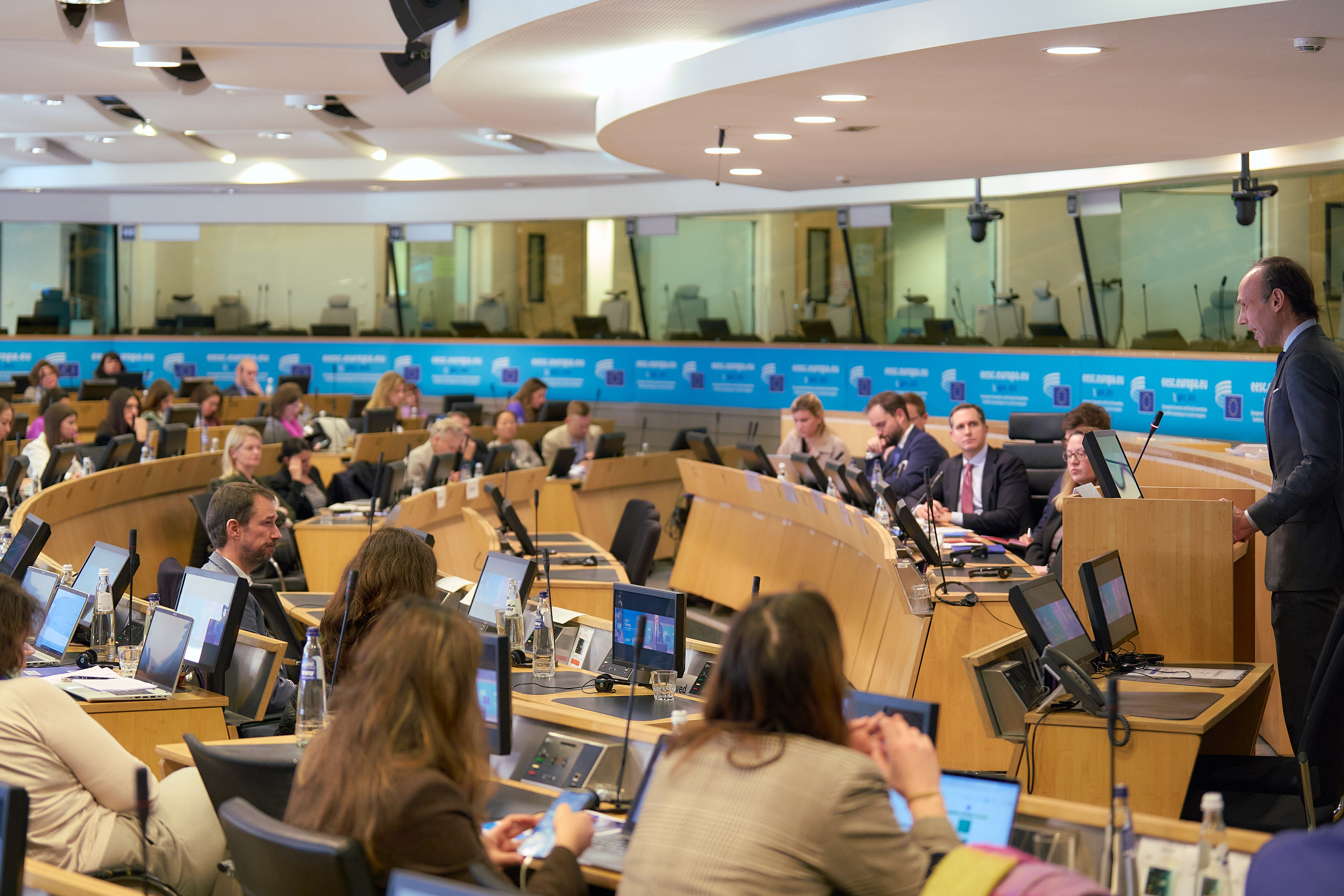On 2 February, none of the presidential candidates in Costa Rica reached the minimum percentage of votes prescribed by legislation to win the election (40%). Therefore, a runoff will be held on 6 April be-tween the two leading candidates: Luis Guillermo Solís with Partido Acción Ciudadana (PAC), receiving 30.95% of the vote, and Johnny Araya, of the incumbent Partido Liberación Nacional (PLN), with 29.59% of the votes. These results are surprising because opinion polls have been placing PAC in third or fourth place.
The other popular candidates eliminated from the race were José María Villalta, of the Frente Amplio (who received 17.14% of the vote), and Otto Guevara, of the Movimiento Libertario (11.19%). These results seem to confirm the centrist tendency of Costa Ricans, since these losing candidates represented the most ideologically extreme ends of the spectrum of both the left and right.
Abstention
Although there was an atmosphere of engagement and mobilization, the rate of abstention remained high —around 31.7% according to preliminary data from the Superior Electoral Court (TSE). Furthermore, the greatest electoral participation occurred in urban areas, although the rural zones are usually a challenge for non-traditional parties. Some analysts expect that the rate of abstention will increase in the second round of voting because a narrower range of interests will be represented at the poll.
Composition of the Legislative Assembly
The composition of the new Legislative Assembly (2014-18) reflects marked voter volatility . Of the 57 available seats, the PLN maintains its majority with 18 seats, but this represents a decrease of 6 seats from the current administration. Together with the reduction of support for the PLN presidential candidate, this shows a rejection by voters of the incumbent party.
The PAC won 13 seats, an increase of two. The Frente Amplio (FA) also increased its strength from one to nine seats; the Partido Unidad Social Cristiana (PUSC) also won nine seats, up from three. The Chris-tian party Renovación Costarricense (RC) went from one to two seats in Congress. When the data is compared to the results of the presidential election, it is evident that citizens did not necessarily vote for candidates of the same party for both the legislature and the presidency.
A number of parties were punished by voters in the elections for the legislature. The Partido Accesibilidad sin Exclusión (PASE) went from having four seats to only one; the ML lost six seats, and will have only three deputies in the coming legislature; the Restauración Nacional (RN) party held onto one position and Mario Redondo, from the Alianza Demócrata Cristiana (ADC) party (which was only registered in the province of Cartago), won a second term as deputy.
The composition of the Legislative Assembly implies that the Assembly will continue to be pluralistic, with four parties holding 49 of the 57 available seats, while the remaining positions will be divided among six parties with less than three seats each.
This level of fragmentation means that it will be necessary to form alliances to reach a simple majority in Congress. Accommodating the ideologies of the various deputies will be a critical factor when attempting to build those alliances, especially after an electoral campaign that was marked by a high level of attacks on the ideologies of competing candidates and parties.
By the Latin America and the Caribbean Programme, with the support of María José Cascante (Master in Latin American Studies)



